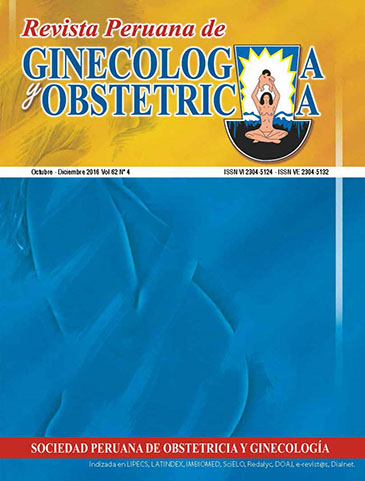Amniotic fluid embolism: historical perspective, pathophysiology and clinical management
DOI:
https://doi.org/10.31403/rpgo.v62i1943Abstract
Amniotic fluid embolism (hereafter, AFE) is a uniformly devastating event that is both unpredictable and unpreventable. Despite having been first described nearly 80 years ago, it remains a significant cause of maternal mortality worldwide. AFE is characterized by the triad of sudden hypoxia and hypotension, followed in most cases by coagulopathy. The diagnosis of AFE is clinical and prompt recognition and multi-disciplinary intervention essential. This paper seeks to review the history, pathophysiology, potential risk factors, strategies for identification and management, and outcomes of this unfortunate and storied obstetric emergency.Downloads
Download data is not yet available.
Downloads
Published
2017-01-07
How to Cite
D. Cuff, R. (2017). Amniotic fluid embolism: historical perspective, pathophysiology and clinical management. The Peruvian Journal of Gynecology and Obstetrics, 62(4), 421–425. https://doi.org/10.31403/rpgo.v62i1943
Issue
Section
Simposio
















